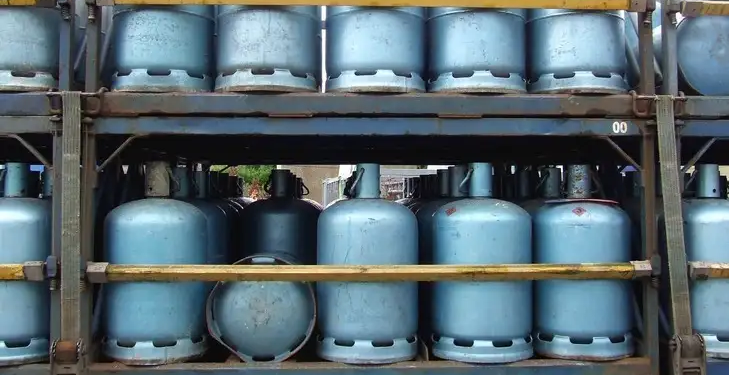After the winter of 2024-2025 marked by supply disruptions in several regions, Tunisia is still dedicating nearly five billion dinars to supporting hydrocarbons. A precarious stability, financed with subsidies.
In January 2025, several governorates in the North-West and Center experienced long queues in front of regional depots.
The sharp increase in demand, combined with delivery delays, caused temporary shortages.
While urban areas connected to the natural gas network were relatively spared, many rural households suffered from the scarcity of cylinders, essential for cooking and heating.
The official explanation cited “the delay of a ship” and “climatic conditions”. But the malaise was deeper: the country was no longer able to cover its daily needs, estimated between 180,000 and 200,000 bottles, which had fallen to 150,000 at the height of the crisis.
A logistical bottleneck, more than a financial problem, which highlighted the vulnerability of a distribution system that is as central as it is fragile.
Also read:
“Tunisia: Lack of gas cylinders despite preparations”, December 18, 2024
A grant that survives everything
The government has obviously learned its lesson. In the 2026 finance bill, the gas subsidy is maintained, even protected.
According to figures presented by the Ministry of Finance and broadcast by National Radio, overall support for hydrocarbons will reach 4,993 million dinars, or 2.7% of GDP and 7.9% of the state budget.
Each gas bottle today costs 21.7 dinars to produce, 71% of which is covered by the Public Treasury.
In three years, this proportion has not changed. The state still pays around 27 to 28 dinars in subsidy per unit, in a country where the net minimum wage barely exceeds 460 dinars.
The message is clear: the price of the cylinder is a red line.
A colossal budgetary effort
Official 2026 budget slides reveal that total subsidies will reach 9,772 million dinars, or 5.2% of GDP and 15.4% of state expenditure.
Among them, hydrocarbons remain the first item (4,993 MD), ahead of basic products (4,079 MD) and public transport (700 MD).
In other words, Tunisia spends more on gas and fuel than on flour, oil or bread.
A budgetary hierarchy that says a lot: after the anger of households over the shortages of 2025, the government chooses to consolidate the energy pillar rather than the food basket.
The carboy supplants the bread; fire takes precedence over flour.
Credit stability
On the surface, politics is reassuring. But it keeps the country in a delicate equation: preserving social peace through subsidies, assuming recurring budgetary losses, while struggling to resolve the essential question — that of delivery.
The crisis of 2025 was not a budget crisis, but a logistics throughput crisis.
Radès, Bizerte, Gabès: the three filling centers operate at just-in-time flow, without strategic stock, with an insufficient transport fleet and total dependence on LPG imports.
The PLF 2026 promises to “better control distribution”, but no concrete plan mentions capacity building or the creation of a buffer stock.
The state therefore pays for the bottle to remain full, not for it to arrive on time.
And as long as this equation persists, stability will remain a budgetary illusion.
Also read:








